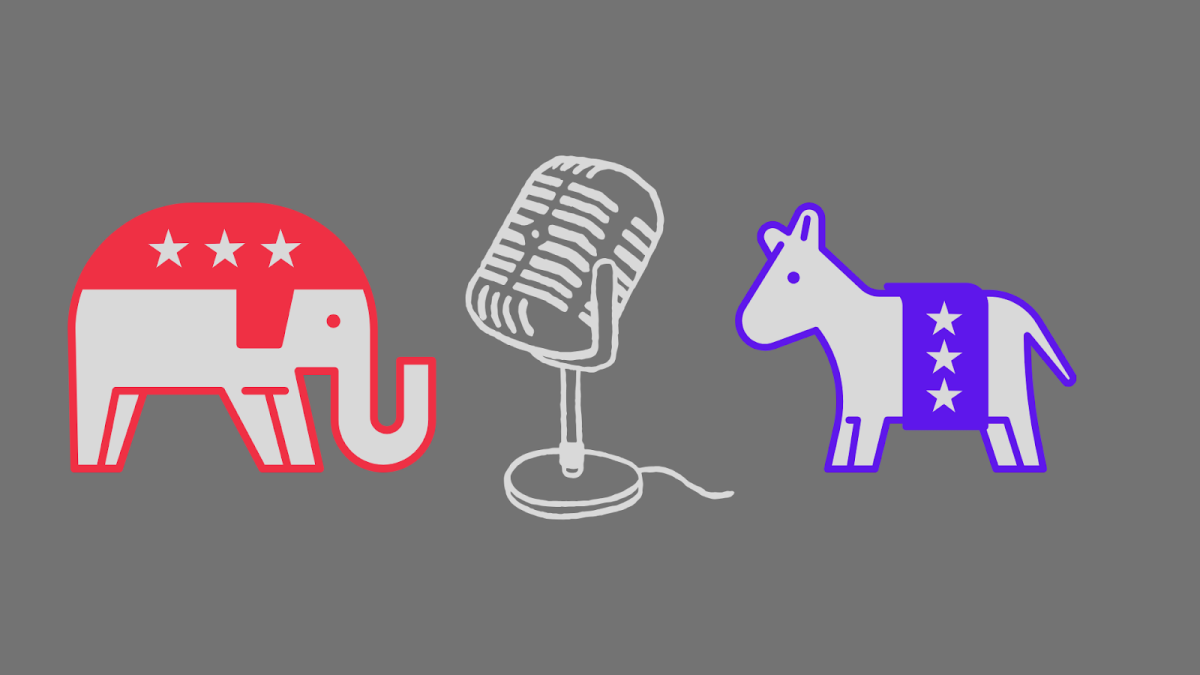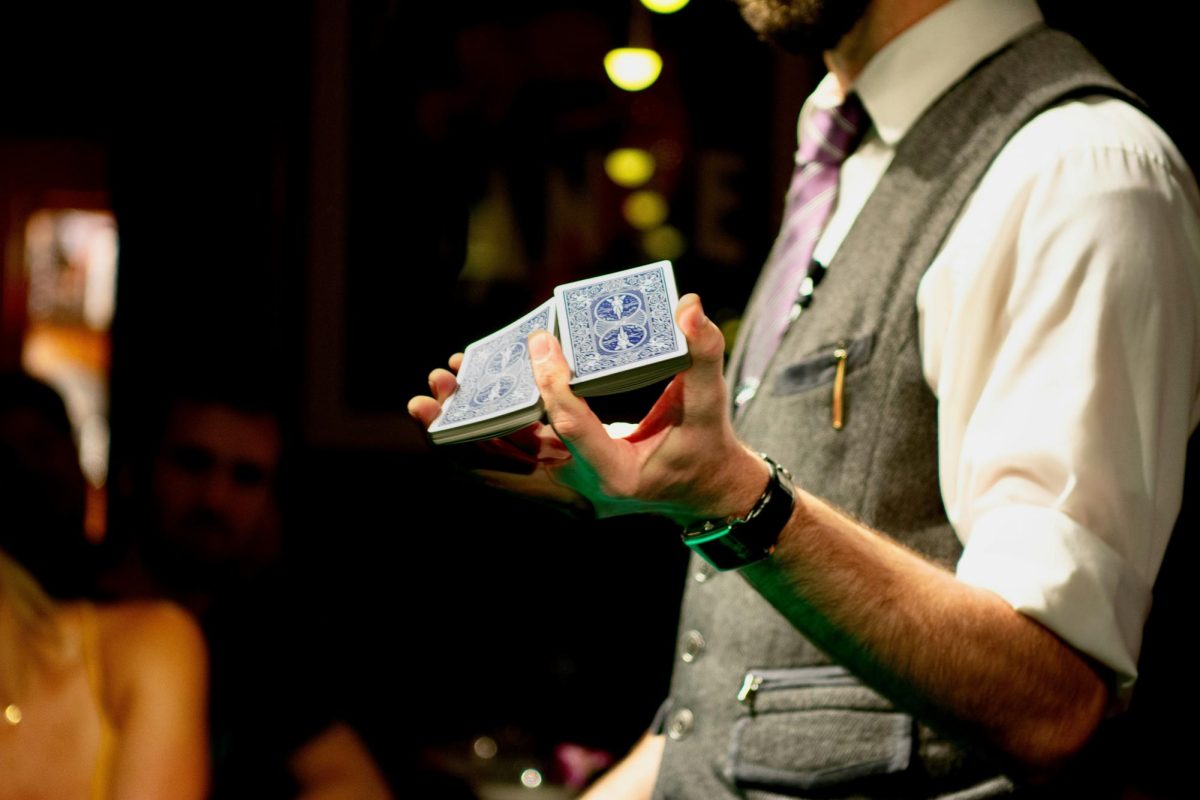Some might believe that the annual custom, April Fool’s Day, is accompanied by a complete record of its origination. But the joke’s on them—no one truly has a single clue. While the actual backstory behind the day is bundled up in mystery and topped off with a glittery bow of confusion, historians do offer up some speculations.
One of the proposed answers to this mystery is that April Fool’s started in France during 1582. The story got its start when France ended up swapping the Julian Calendar (introduced by Julius Caesar) to the Gregorian Calendar (invented by Pope Gregory XIII).
The old Julian Calendar celebrated the new year on April 1, while the Gregorian calendar began the new year on Jan. 1. Since the spread of news was often slow during these times, some people were slow to receive the new year change. On the other hand, there were just those who refused to recognize the Gregorian Calendar and continued to cling onto the outdated Julian Calendar.
Regardless of the reason why, these clumps of people carried on celebrating the new year in the last week of March through April 1. As a result, they were widely mocked and dubbed as “April Fools.” It did not take long for pranks to be pulled on “April Fools,” the main joke being that “April Fools” could be tricked into believing anything that was told to them.
A few of these pranks included duping the “April Fools” into taking visitors into their homes for a new years ‘celebration’ on April 1, sending them to look for things that did not exist (a “fool’s errand”) or placing paper fish on their backs as they were called “poisson d’avril,” which translated to April’s Fish.
However, it is also possible that the Feast of Fools during the Medieval period inspired the creation of April Fool’s Day. During the feast day, a mock pope, archbishop or bishop would be elected by participants and practices of the church were parodied.
There are some historians that believe April Fool’s Day actually traces back to Ancient Rome and their festival of Hilaria (the Latin word for joyful). Hilaria was celebrated at the end of March by followers of the cult, Cybele, to honor the resurrection of the god, Attis. At the festival, people would dress up in disguise and imitate their fellow citizens.
Another theory that places the origin of April Fool’s Day in ancient Rome is traced back to the rule of Emperor Constantine. A group of jesters/fools persuaded Constantine to make one of them king for a full day. Kugel, one of the jesters, was appointed to the role of king.
One of his first acts of king was to declare that the day was one of jollity—creating what would come to be April Fool’s Day. Though, this story turned out to be a complete hoax and an April Fool’s Day prank in itself pulled by Joseph Boskin, a Boston University professor, in 1983.
There are also those who link April Fool’s Day to the vernal equinox, which signals the start of spring in the Northern Hemisphere. The timing of April Fool’s Day is pretty close to the vernal equinox that usually lands on March 20 or 21. During this time, Mother Nature is supposedly known for playing tricks on Earth’s inhabitants with unpredictable weather.
For example, on April 1 of 1960, South Dakota received 4 to 10 inches of heavy snow. It was difficult to plow the snow and as a result, a few highways were shut down for the time being. There is not any hard evidence that closely relates the two topics to each other besides the usual theories.

People have speculated that the very first time that April Fool’s Day was ever referred to lies in the “Nun’s Priest’s Tale” (1392) written by Geoffrey Chaucer. The story tells of a rooster named Chanticleer who is tricked by a fox, and as a result, is almost eaten. These events happen, “Syn March bigan thritty dayes and two.” Thirty-two days after March had come to a start—in other words, on April 1.
However, there are some scholars who argue that the word “bigan” could possibly be a typo due to a medieval scribe. They believe that Chuacer meant to say that the date was thirty-two days after March ended. If that is true, then the date would really be May 2 and not April 1.
In theory, it makes sense that the “Nun’s Priest’s Tale” would take place on April 1 considering the trickery in the story is usually associated with April Fool’s Day. But, there is zero proof that Chaucer actually knew of any customs that had to do with foolery and prank-pulling.
On the contrary, the first confirmed reference of April Fool’s Day stems from a 1561 Flemish poem by Eduard De Dene. In the poem, a nobleman sends his servant on a series of absurd errands to ‘help’ prepare for a wedding feast. Eventually, the servant realizes that he was sent on a “fool’s errand” because the date happened to land on April 1. This reference has led historians to believe that April Fool’s Day originally started in Northern Europe.
In 1686, the first English mention of April Fool’s Day appeared in John Aubrey’s book, “Remaines of Gentilisme and Judaisme.” This posthumously published book was a collection of Aubrey’s notes and observations on popular customs, superstitions and ancient religions.
As for “Fools Holy Day,” Aubrey wrote, “ We observe it on ye first of April. And so it is kept in Germany everywhere.” With this, scholars deduced that April Fool’s Day had undoubtedly spread to Britain by the late seventeenth century.
The speculation of where April Fool’s Day originated from is not a new conversation—even those in 1760 were curious on the subject matter. In “Poor Robin’s Almanac” (an English satirical almanac series), there is a line that states, “The First of April some do say. Is set apart for all Fool’s Day. But why the people call it so. Nor I nor they themselves do know.”
By the late 19th century, the unofficial holiday became popular for people to celebrate—newspapers frequently started to incorporate references to April Fool’s Day.
For instance, an 1894 issue of “The Wichita Daily Eagle,” which was published on April 1, includes an article titled “On All Fool’s Day.” The article features men with different kinds of occupations and what they have to say about April Fool’s Day.
One of these people under the name of Ballington Booth did not exactly have a positive stance on April Fool’s Day. Booth stated, “…in my opinion time is far too valuable and important a factor for a moment to be lost in foolish jesting or senseless joking.”
But, some had a completely different view on April Fool’s Day compared to Booth’s. A person who went by the name of B. Gilian expressed that, “If it takes a wise man to be a fool, surely April first is the feast day of sages, when they can act on Shakespeare’s admonition.”
It is clear that there exists a time where April Fool’s Day was once introduced as a custom, but what is unknown is where and when this happened. Historians have their guesses, though nothing is certain. Unfortunately, the mystery of where April Fool’s Day originated from will have to be placed next to all the other unsolved questions of the time.
However, what is known about April Fool’s Day is that the custom is enjoyed by many around the world and will continue to be. The act of prank-pulling is timeless, as shown by history.











































































